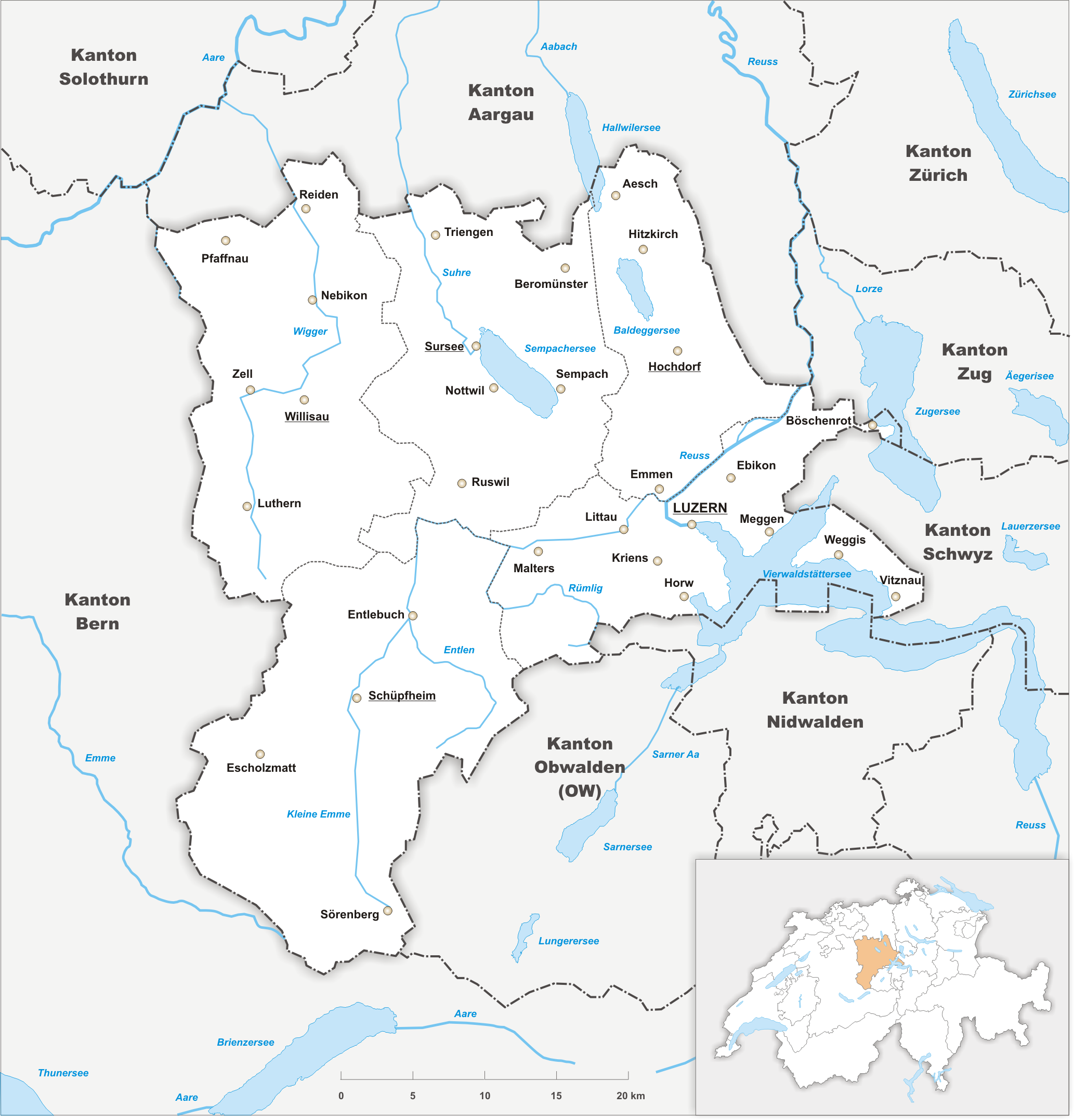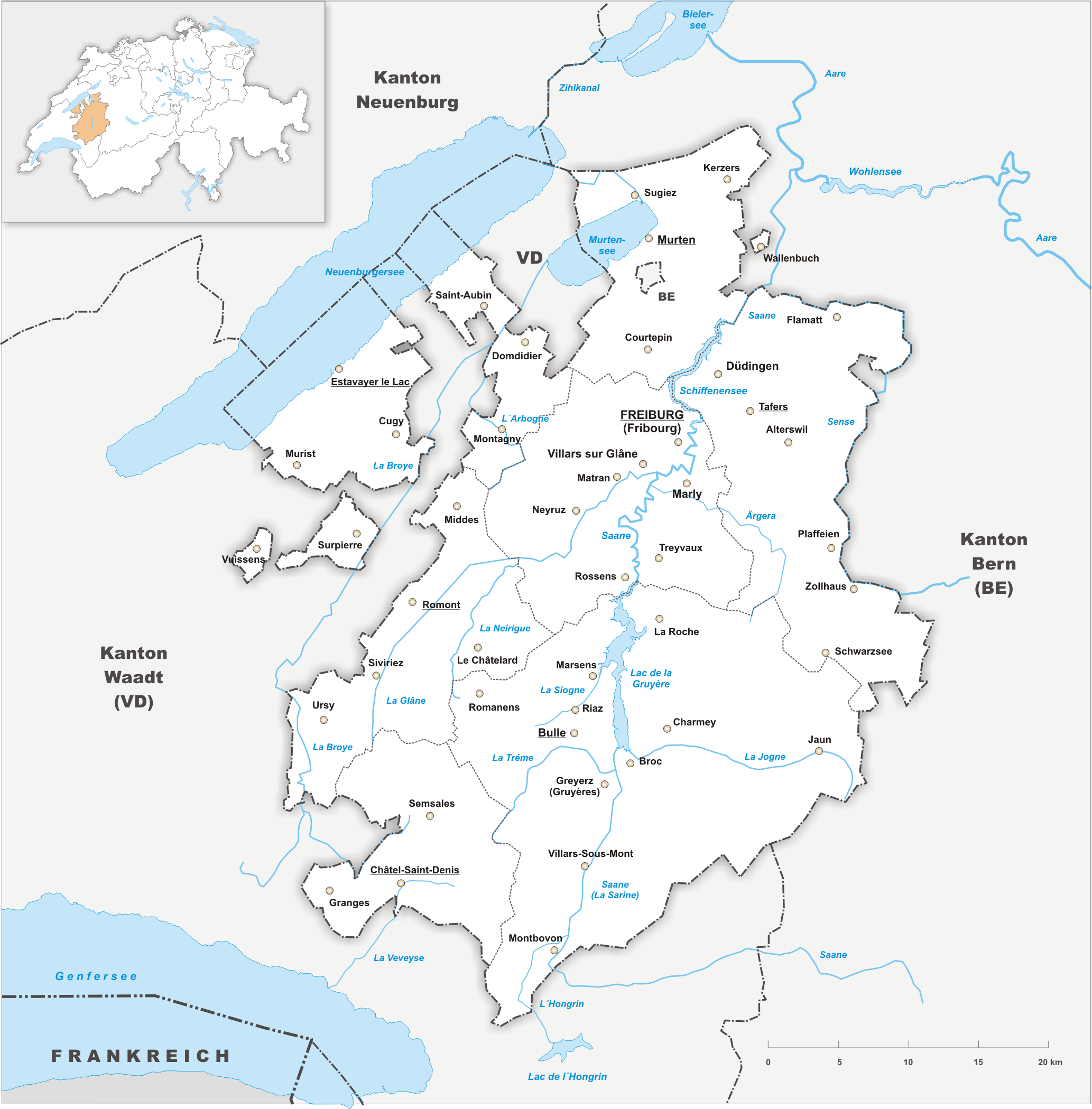|
Swiss Executive Pay Initiative, 2013
The 2013 Swiss executive pay initiative of 2013 was a successful federal popular initiative in Switzerland to control executive pay of companies listed on the stock market, and to increase shareholders' say in corporate governance. It was one of three questions put to the electorate in the March 2013 referendums. The vote took place on the 3 March 2013, and passed with a majority of 67.9%, with a 46% turnout. The initiative mandates the Federal Government to implement the provisions within one year, pending implementation of the final law. The initiative partly reflected developments in the United States Dodd-Frank Wall Street Reform Act 2010 §957, that banned brokers from voting on their clients' money, and the Stewardship Code 2010 in the United Kingdom, which placed a duty on financial intermediaries to disclose their voting policies and make use of voting power. It also reflected a long running debate in Germany, which had not yet been reformed, about the position of banks. ... [...More Info...] [...Related Items...] OR: [Wikipedia] [Google] [Baidu] |
Federal Popular Initiative
In Switzerland, a popular initiative (German: ''Volksinitiative'', French: ''Initiative populaire'', Italian: ''Iniziativa popolare'', Romansh: ''Iniziativa dal pievel'') allows the people to suggest law on a national, cantonal, and municipal level. On a federal level it may only change the federal constitution, not propose an ordinary law. Along with the popular referendum and in some cantons recall elections, it is a form of direct democracy. History Popular initiatives were introduced as a tool at the federal level in the 1891 partial revision of the Swiss Federal Constitution. Between 1893 and 2014, out of a total of 192 federal initiatives put to the vote, 22 were successful. Another 73 were withdrawn, mostly in favour of a counter-proposal. The first successful initiative was the first ever launched, asking for "prohibition of slaughter without prior anesthesia" (ostensibly phrased as a matter of animal rights, but in practice directed against shechita in partic ... [...More Info...] [...Related Items...] OR: [Wikipedia] [Google] [Baidu] |
Canton Of Appenzell Ausserrhoden
Appenzell Ausserrhoden (; in English sometimes Appenzell Outer Rhodes) (german: Kanton Appenzell Ausserrhoden; rm, Chantun Appenzell Dadora; french: Canton d'Appenzell Rhodes-Extérieures; it, Canton Appenzello Esterno) is one of the 26 cantons forming the Swiss Confederation. It is composed of twenty municipalities. The seat of the government and parliament is Herisau, and the seat of judicial authorities are in Trogen. It is traditionally considered a " half-canton", the other half being Appenzell Innerrhoden. Appenzell Ausserrhoden is located in the north east of Switzerland. Together with the canton of Appenzell Innerrhoden, it forms an enclave within the canton of St. Gallen. The canton is essentially located in the Alpine foothills of the Alpstein massif, culminating at the Säntis. Appenzell Ausserrhoden was part of the historical canton of Appenzell, which was divided into Appenzell Innerrhoden (Catholic) and Appenzell Ausserrhoden (Protestant) in 1597 as a result o ... [...More Info...] [...Related Items...] OR: [Wikipedia] [Google] [Baidu] |
Canton Of Obwalden
Obwalden, also Obwald (german: Kanton Obwalden, rm, Chantun Sursilvania; french: Canton d'Obwald; it, Canton Obvaldo), is one of the 26 cantons forming the Swiss Confederation. It is composed of seven municipalities and the seat of the government and parliament is in Sarnen. It is traditionally considered a " half-canton", the other half being Nidwalden. Obwalden lies in Central Switzerland and contains the geographical centre of Switzerland. It is bordered by the canton of Lucerne to the north, the canton of Nidwalden and Uri to the east and the canton of Bern to the south. The canton is essentially in the valley of the Sarner Aa south of Lake Lucerne, with an enclave around Engelberg. It is one of the smallest cantons. The largest town is Sarnen, followed by Kerns and Alpnach. Together with Nidwalden, Obwalden was part of the forest canton of Unterwalden, one of the three participants in the foundation of the Old Swiss Confederacy, named in the Pact of Brunnen of 1315 with ... [...More Info...] [...Related Items...] OR: [Wikipedia] [Google] [Baidu] |
Canton Of Nidwalden
Nidwalden, also Nidwald (german: Kanton Nidwalden, ; rm, Chantun Sutsilvania; french: Canton de Nidwald; it, Canton Nidvaldo) is one of the 26 cantons forming the Swiss Confederation. It is composed of eleven municipalities and the seat of the government and parliament is in Stans. It is traditionally considered a "half-canton", the other half being Obwalden. Nidwalden lies in Central Switzerland. It borders the canton of Obwalden to the west, the cantons of Lucerne and Schwyz to the north, the canton of Uri to the east and the canton of Bern to the south. The canton is essentially in the Alps, south of Lake Lucerne. It is one of the smallest cantons, the population is 40,287 (in 2007). The largest town is Stans, followed by Hergiswil and Buochs. Together with Obwalden, Nidwalden was part of the forest canton of Unterwalden, one of the three participants in the foundation of the Old Swiss Confederacy, named in the Pact of Brunnen of 1315 with Uri and Schwyz. The division of U ... [...More Info...] [...Related Items...] OR: [Wikipedia] [Google] [Baidu] |
Canton Of Neuchâtel
The Republic and Canton of Neuchâtel (french: République et Canton de Neuchâtel); rm, Chantun Neuchâtel; it, Cantone di Neuchâtel is a French-speaking canton in western Switzerland. In 2007, its population was 169,782, of whom 39,654 (or 23.4%) were foreigners. The capital is Neuchâtel. History The only part of present-day Switzerland to enter the Confederation as a principality (on May 19, 1815), Neuchâtel has a unique history. Its first recorded ruler, Rudolph III of Burgundy, mentioned Neuchâtel in his will in 1032. The dynasty of Ulrich count of Fenis (Hasenburg) took over the town and its territories in 1034. The dynasty prospered and, by 1373, all the lands now part of the canton belonged to the count. In 1405, the cities of Bern and Neuchâtel entered a union. The lands of Neuchâtel had passed to the Zähringen lords of Freiburg in the late 14th century as inheritance from the childless Elisabeth, Countess of Neuchâtel, to her nephews, and then in 1458 ... [...More Info...] [...Related Items...] OR: [Wikipedia] [Google] [Baidu] |
Canton Of Lucerne
The canton of Lucerne (german: Kanton Luzern rm, Chantun Lucerna french: Canton de Lucerne it, Canton Lucerna) is a canton of Switzerland. It is located in the centre of Switzerland. The population of the canton (as of ) is . , the population included 57,268 foreigners, or about 15.8% of the total population. The cantonal capital is Lucerne. History The canton of Lucerne comprises territories acquired by its capital Lucerne, either by treaty, armed occupation or purchase. The first town acquired was Weggis (in 1380), Rothenburg, Kriens, Horw, Sempach and Hochdorf (all in 1394), Wolhusen and Entlebuch (1405), the so-called "Habsburger region" to the northeast of the town of Lucerne (1406), Willisau (1407), Sursee and Beromünster (1415), Malters (1477) and Littau (1481), while in 1803, in exchange for Hitzkirch, Merenschwand (held since 1397) was given up. Prehistory The oldest traces of humans in the Lucerne area are stone artifacts and cave bear bones found in the Ste ... [...More Info...] [...Related Items...] OR: [Wikipedia] [Google] [Baidu] |
Canton Of Jura
The Republic and Canton of Jura (french: République et canton du Jura), less formally the Canton of Jura or Canton Jura ( , ), is the newest (founded in 1979) of the 26 Swiss cantons, located in the northwestern part of Switzerland. The capital is Delémont. It shares borders with the canton of Basel-Landschaft, the canton of Bern, the canton of Neuchatel, the canton of Solothurn, and the French régions of Bourgogne-Franche-Comté and Grand Est. History The king of Burgundy donated much of the land that today makes up canton Jura to the bishop of Basel in 999. The area was a sovereign state within the Holy Roman Empire for more than 800 years. After the Treaty of Westphalia in 1648 the Jura had close ties with the Swiss Confederation. At the Congress of Vienna (1815), the Jura region became part of the canton of Bern. This act caused dissension. The Jura was French-speaking and Roman Catholic, whereas the canton of Bern was mostly German-speaking and Protestant. After Wo ... [...More Info...] [...Related Items...] OR: [Wikipedia] [Google] [Baidu] |
Canton Of Grisons
The Grisons () or Graubünden,Names include: *german: (Kanton) Graubünden ; * Romansh: ** rm, label=Sursilvan, (Cantun) Grischun ** rm, label=Vallader, (Chantun) Grischun ** rm, label= Puter, (Chantun) Grischun ** rm, label=Surmiran, (Cantun) Grischun ** rm, label=Sutsilvan, (Cantùn) Grischùn ** rm, label=Rumantsch Grischun, (Chantun) Grischun; * it, (Cantone dei) Grigioni ; *french: (Canton des) Grisons . See also other names. more formally the Canton of the Grisons or the Canton of Graubünden, is one of the twenty-six cantons of Switzerland. It has eleven regions, and its capital is Chur. The German name of the canton, , translates as the "Grey Leagues", referring to the canton's origin in three local alliances, the Three Leagues. The other native names also refer to the Grey League: in Sutsilvan, in the other forms of Romansh, and in Italian. ''"Rhaetia"'' is the Latin name for the area. The Alpine ibex is the canton's heraldic symbol. The largest and easternmost ... [...More Info...] [...Related Items...] OR: [Wikipedia] [Google] [Baidu] |
Canton Of Glarus
The canton of Glarus (german: Kanton Glarus rm, Chantun Glaruna; french: Canton de Glaris; it, Canton Glarona) is a canton in east central Switzerland. The capital is Glarus. The population speaks a variety of Alemannic German. The majority of the population (81%) identifies as Christian, about evenly split between Protestants and Catholics. History According to legend, the inhabitants of the Linth Valley were converted to Christianity in the 6th century by the Irish monk Saint Fridolin, the founder of Säckingen Abbey in what is now the German state of Baden-Württemberg. From the 9th century, the area around Glarus was owned by Säckingen Abbey, the town of Glarus being recorded as ''Clarona''. The Alemanni began to settle in the valley from the early 8th century. The Alemannic German language took hold only gradually, and was dominant by the 11th century. By 1288, the Habsburgs had claimed all the abbey's rights. Glarus joined the Old Swiss Confederacy in 1352 as one of t ... [...More Info...] [...Related Items...] OR: [Wikipedia] [Google] [Baidu] |
Canton Of Geneva
The Canton of Geneva, officially the Republic and Canton of Geneva (french: link=no, République et canton de Genève; frp, Rèpublica et canton de Geneva; german: Republik und Kanton Genf; it, Repubblica e Cantone di Ginevra; rm, Republica e chantun Genevra), is one of the 26 cantons forming the Swiss Confederation. It is composed of forty-five municipalities and the seat of the government and parliament is in the City of Geneva. Geneva is the French-speaking westernmost canton of Switzerland. It lies at the western end of Lake Geneva and on both sides of the Rhone, its main river. Within the country, the canton shares borders with Vaud to the east, the only adjacent canton. However, the borders of the canton are essentially international, with the French region of Auvergne-Rhône-Alpes. As is the case in several other Swiss cantons (Ticino, Neuchâtel, and Jura), Geneva is referred to as a republic within the Swiss Confederation. One of the most populated cantons, Gene ... [...More Info...] [...Related Items...] OR: [Wikipedia] [Google] [Baidu] |
Canton Of Fribourg
The canton of Fribourg, also canton of Freiburg (french: Canton de Fribourg ; german: Kanton Freiburg ; frp, Canton de Fribôrg rm, Chantun Friburg it, Canton Friburgo) is located in western Switzerland. The canton is bilingual, with French spoken by more than two thirds of the citizens and German by a little more than a quarter. Both are official languages in the canton. The canton takes its name from its capital city of Fribourg. History On the shores of Lake Neuchâtel and Lake Morat significant traces of prehistoric settlements have been unearthed. The canton of Fribourg joined the Swiss Confederation in 1481. The area is made up of lands acquired by the capital Fribourg. The present extent was reached in 1803 when Murten (Morat) was acquired. The canton of Fribourg joined the separatist league of Catholic cantons in 1846 (Sonderbund). The following year, its troops surrendered to the federal army. Geography The canton is bounded to the west by Lake Neuchâtel, to the ... [...More Info...] [...Related Items...] OR: [Wikipedia] [Google] [Baidu] |
Canton Of Bern
The canton of Bern or Berne (german: Kanton Bern; rm, Chantun Berna; french: canton de Berne; it, Canton Berna) is one of the 26 cantons forming the Swiss Confederation. Its capital city, Bern, is also the ''de facto'' capital of Switzerland. The bear is the heraldic symbol of the canton, displayed on a red-yellow background. Comprising ten districts, Bern is the second-largest canton by both surface area and population. Located in west-central Switzerland, it is surrounded by eleven cantons. It borders the canton of Jura and the canton of Solothurn to the north. To the west lie the canton of Neuchâtel, the canton of Fribourg and canton of Vaud. To the south lies the canton of Valais. East of the canton of Bern lie the cantons of Uri, Nidwalden, Obwalden, Lucerne and Aargau. The geography of the canton includes a large share of all three natural regions of Switzerland: the Jura Mountains (the Bernese Jura), the Swiss Plateau (the Bernese Mittelland) and the Alps (th ... [...More Info...] [...Related Items...] OR: [Wikipedia] [Google] [Baidu] |










